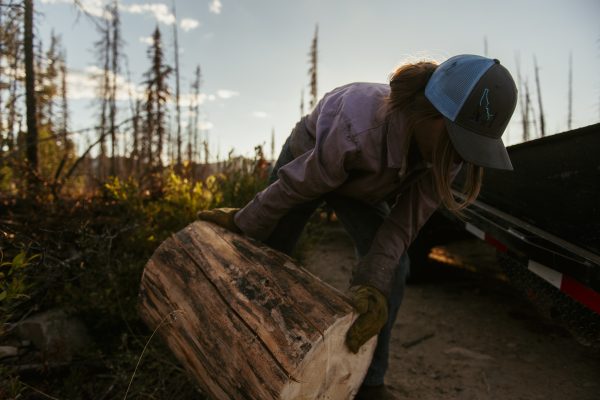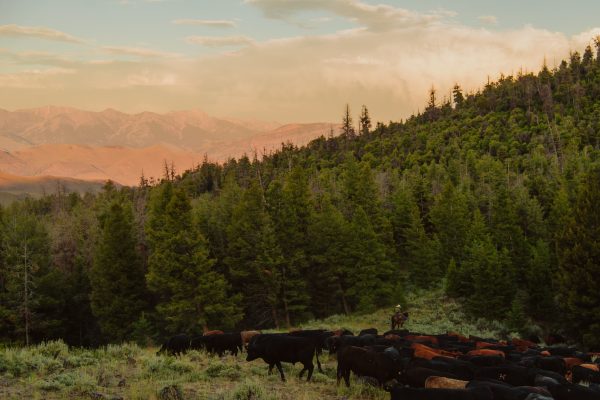Alderspring Beef is dry aged for 20 days in the Old World way, producing beef with a firm yet tender texture and a deep, rich wonderful flavor. Today you can’t buy a dry aged beef in your local grocery store, but even as recently as 20 years ago, you could go to your local butcher and buy a prime dry aged steak. To dry age beef, a carcass is hung for 14-21 days in a locker where temperature (34-35 degree F), ventilation, and humidity (85%) are carefully controlled. During this time the beef loses excess moisture, becomes tender, and develops flavor.
Dry-aging is very time consuming and expensive, requiring extra effort, storage, excellent facilities, and high-quality beef. Up to 5% of the original weight of the carcass is lost during the dry-aging process. This is why dry-aged steak is offered only in fine restaurants, upscale grocery stores and gourmet steak companies.
Instead of dry-aging, most of today’s “aged beef” undergoes the wet-aging process. The fresh cuts of meat are vacuum-packed in plastic bags, and are allowed to sit at temperatures between 34-38 degrees F for 7 to 28 days. In this hermetically sealed environment the meat ages in its own juices, hence the term “wet-aging.” Since the meat is packed in its own juices, the enzymes will break down the connective tissues and make it more tender. However, because there is no fluid loss, wet-aged meat lacks the concentration of flavor that results from dry-aging.
Wet-aging does not require a facililty that allows for long-term hang-drying of individual sides of beef without them touching each other. The meat is packed soon after processing, and requires much less storage space, doesn’t require careful humidity controls and constant checking, and results in no loss of weight. These economic reasons explain why over 99 percent of beef”“including the meat used at many well-regarded steak houses”“is wet-aged.







Leave a Reply